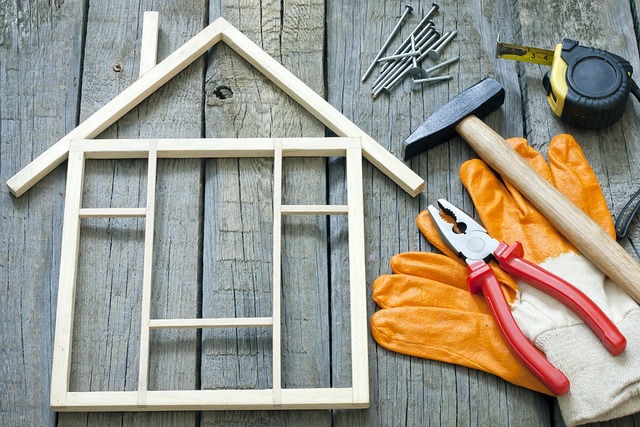
When walking through a home, it’s easy to be drawn to fresh paint, new fixtures, or updated finishes. Renovations can make a property feel modern and move-in ready, but not every upgrade is created equal. Some improvements are the product of skilled professionals, while others may have been completed by enthusiastic homeowners trying their hand at remodeling. Learning to spot the signs of do-it-yourself work can help you evaluate whether a property’s updates add real value—or introduce future headaches.
Subtle Clues in Craftsmanship
One of the first giveaways of a DIY project is inconsistency. Look closely at the finishes: trim that doesn’t align tightly with walls, tile patterns that don’t quite meet evenly, or flooring transitions that feel uneven underfoot. Gaps, visible nails, or excessive use of caulk can also suggest that precision tools—or professional experience—were missing from the process.
Electrical and plumbing work are two areas where shortcuts are especially telling. Outlets that aren’t level, light switches with mismatched plates, or plumbing fixtures that feel loose can point to amateur installation. These details may seem minor at first glance, but they hint at work performed without the expertise that ensures long-term reliability.
The Importance of Permits and Documentation
Another indicator that a renovation might have been homeowner-led is the absence of permits or records. Not every small upgrade requires formal approval, but larger projects—such as finishing a basement, altering wiring, or adding new plumbing—often do. If the seller cannot provide documentation, it’s worth pausing to ask whether the work met code requirements. A lack of permits doesn’t automatically mean poor workmanship, but it does create uncertainty about safety and compliance.
Long-Term Implications of DIY Work
A cosmetic project done on a Saturday afternoon may look fine today, but its longevity can be questionable. For example, improperly sealed tile can allow water intrusion, leading to mold or structural damage over time. Likewise, shortcuts in framing or insulation may leave rooms drafty and costly to heat or cool. Buyers should weigh not just how a space looks now, but how it is likely to perform over years of everyday use.
What to Do as a Buyer
If you suspect a home has undergone DIY renovations, don’t panic—use it as a cue to dig deeper. Ask for a list of updates and who performed them. Consider arranging a thorough inspection of the systems most affected, such as electrical, plumbing, and structural elements. In some cases, the workmanship may be perfectly serviceable; in others, it may indicate looming repair expenses.
Ultimately, identifying a do-it-yourself renovation is less about disqualifying a property and more about understanding its true condition. A keen eye for detail, paired with thoughtful questions, can help ensure that the home you choose offers both beauty and sound construction.

Recent Comments